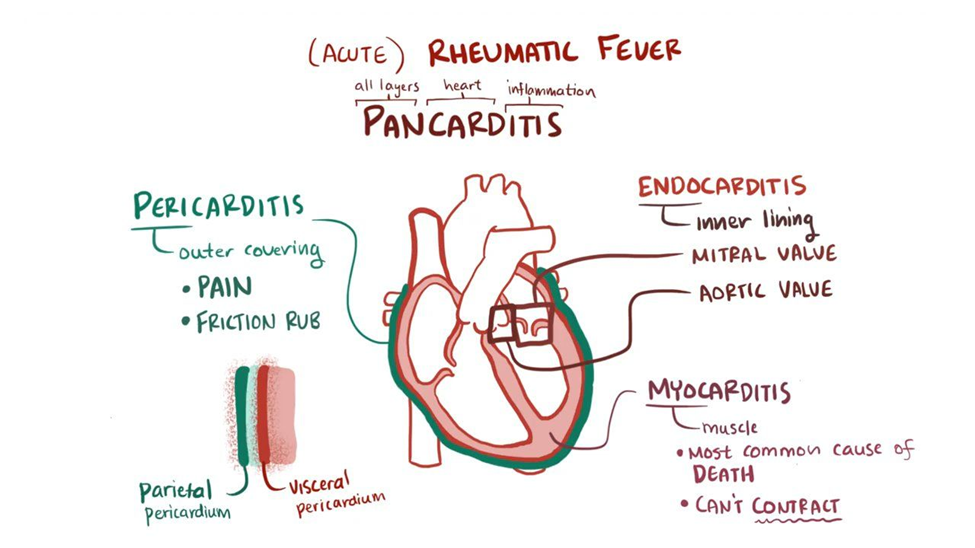The nurse is caring for a client who is undergoing an exercise stress test. Prior to reaching the target heart rate, the client develops chest pain. What is the nurse’s most appropriate interpretation of the chest pain?
The patient pain reflects the target heart rate has been set too high and needs to be lowered to finish the test.
The patient’s pain reflects pericarditis and the test should be stopped.
The patient’s pain reflects ischemia to the myocardium and the test should be stopped.
The patient’s pain reflects that supplemental oxygen is needed to finish the test.
The Correct Answer is C
A. The patient pain reflects the target heart rate has been set too high and needs to be lowered to finish the test.
This option suggests that the chest pain is related to the target heart rate being set too high. However, chest pain during an exercise stress test is more commonly associated with myocardial ischemia rather than an inappropriate target heart rate. Lowering the target heart rate may not address the underlying issue of ischemia.
B. The patient’s pain reflects pericarditis and the test should be stopped.
Chest pain during an exercise stress test is more commonly associated with myocardial ischemia rather than pericarditis. Pericarditis is inflammation of the pericardium, and its symptoms may include chest pain that is often sharp and pleuritic. However, during an exercise stress test, the focus is on detecting cardiovascular abnormalities, and chest pain is more concerning for ischemia.
C. The patient’s pain reflects ischemia to the myocardium and the test should be stopped.
This is the most appropriate interpretation. Chest pain during an exercise stress test may indicate insufficient oxygen supply to the myocardium (ischemia). Stopping the test allows for further evaluation and appropriate intervention.
D. The patient’s pain reflects that supplemental oxygen is needed to finish the test.
Chest pain during an exercise stress test is not typically addressed by providing supplemental oxygen. Stopping the test and evaluating the cause of the chest pain is a more appropriate action.
Nursing Test Bank
Naxlex Comprehensive Predictor Exams
Related Questions
Correct Answer is B
Explanation
A. “I will have canned chicken noodle soup with crackers and an apple for lunch.”
This option may not be the best choice for a low-sodium diet. Canned soups often contain high levels of sodium.
B. “I will have a tossed salad with cheese and croutons for lunch.”
This option is a better choice, as salads with fresh vegetables can be lower in sodium compared to other options.
C. “I will have a ham and cheese sandwich for lunch.”
Ham and cheese are generally high in sodium, so this would not be a suitable choice for a low-sodium diet.
D. “I will have a baked potato with broiled chicken for dinner.”
This option seems to be a good choice. Baked potato and broiled chicken can be part of a low-sodium meal.
Correct Answer is A
Explanation
A. "Did you have rheumatic fever as a child?"
Rheumatic fever is an inflammatory condition that can affect the heart, especially the heart valves. Rheumatic fever is a known risk factor for the development of valvular heart disease. Asking about a history of rheumatic fever helps identify a potential cause for valve malfunction.
B. "Do you have a family history of valve problems?"
Family history can be relevant in understanding genetic predispositions to certain cardiac conditions. While it may contribute to the overall assessment of cardiac risk, it may not be as directly linked to valve malfunction as a history of rheumatic fever.
C. "Do you have a history of MRSA?"
MRSA (Methicillin-resistant Staphylococcus aureus) is a type of bacterial infection and is not directly associated with valve malfunction. This question may be relevant for other aspects of the client's health but is not specific to ruling out cardiac issues related to valve malfunction.
D. "What over-the-counter medications do you take?"
While knowing the medications a client takes is important for a comprehensive assessment, asking about over-the-counter medications may not be as directly related to ruling out cardiac issues related to valve malfunction. It is more relevant for assessing potential interactions or effects on cardiovascular health.

Whether you are a student looking to ace your exams or a practicing nurse seeking to enhance your expertise , our nursing education contents will empower you with the confidence and competence to make a difference in the lives of patients and become a respected leader in the healthcare field.
Visit Naxlex, invest in your future and unlock endless possibilities with our unparalleled nursing education contents today
Report Wrong Answer on the Current Question
Do you disagree with the answer? If yes, what is your expected answer? Explain.
Kindly be descriptive with the issue you are facing.
